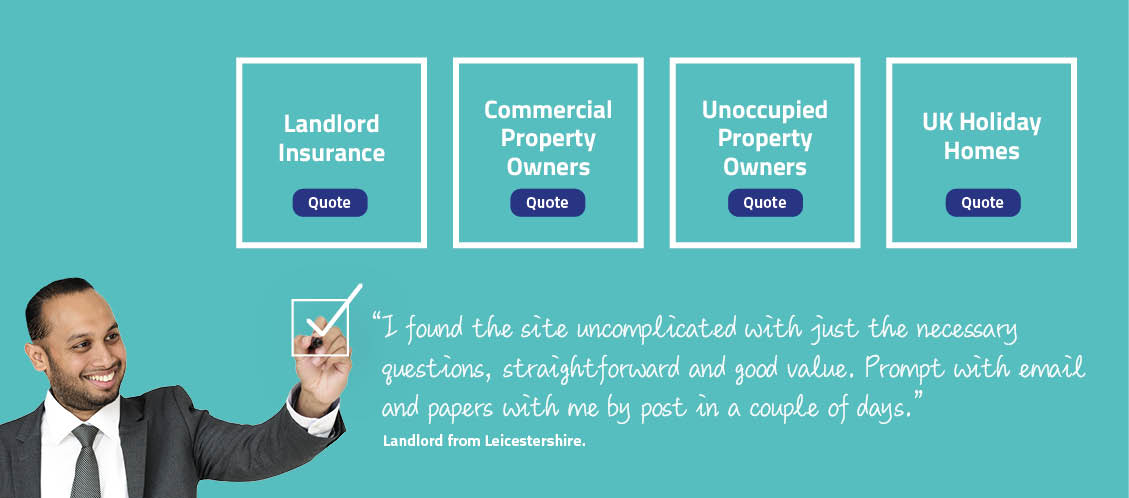If your property stands unoccupied for more than a specified number of consecutive days, your buildings and contents insurance could be at risk. Here, Cover4LetProperty explains why this matters and what options are available to protect your investment.
The background
Insurance providers assess risk carefully when offering a policy. If the risks associated with a property change, they usually require the chance to reconsider the terms of cover. Where the risks increase, they may insist on a different type of policy.
This principle applies across all forms of insurance – including property.
If your property moves into what is termed “unoccupied status”, the risks change enough that insurers will normally require specialist unoccupied property insurance. If you fail to notify your insurer that no one is living in your property and continue relying on a standard policy, any subsequent claim may be declined.
For more on this, see our Guide to unoccupied property.
Why risks change
An unoccupied property is more vulnerable to:
- Burglary and vandalism – criminals are quick to spot when a property is left empty;
- Undetected damage – something as small as a leaking pipe or faulty boiler could go unnoticed, potentially leading to serious damage;
- Weather-related issues – in winter, frozen or burst pipes are a particular concern, alongside storm damage or roof leaks;
- Squatting – although less common, empty properties may attract squatters, creating costly and complex problems for owners.
These increased risks explain why insurers treat unoccupied properties differently.
Seasonal risks to consider at winter
Winter often heightens the risks for empty homes:
- Frozen and burst pipes: low temperatures can quickly turn an empty home into a costly repair project if water systems aren’t maintained;
- Storm damage: high winds and heavy rain can dislodge tiles, flood basements, or bring down fences and outbuildings;
- Christmas absences: many homes stand empty for days over the festive period while owners travel – making them easy targets for burglars;
- Power cuts and heating failures: unnoticed outages may lead to damp, mould, or heating systems failing at the coldest time of year.
You can read more about seasonal considerations in our winter property maintenance blogs:
- Protecting your empty property over winter
- Winter-proof your garden
- Getting your property winter-ready.
Reasonableness
Insurers understand that homes are not occupied every single day. That’s why standard landlord insurance or owner-occupier policies typically allow for short gaps in occupancy – such as holidays, tenant changeovers, or business trips.
Most policies specify a maximum period (usually between 30 – 45 consecutive days but this may vary depending on your insurance provider) where cover remains in place. Beyond this limit, the property is officially classed as unoccupied and will require specific unoccupied property cover.
If you’re a landlord, you can read more about this in our landlord insurance FAQs.
Landlords and owner-occupiers
The rule applies to both landlords and owner-occupiers. Importantly, the reason for the property being unoccupied usually makes no difference:
- Landlords may face a gap while searching for new tenants, or if a tenant has left the property empty while paying rent during a long holiday;
- Owner-occupiers may be unexpectedly delayed abroad, on a business trip, or away visiting family over the festive season.
In both cases, the property is classed as unoccupied, and you’ll need specialist empty property insurance cover to maintain protection.
How unoccupied property cover protects you
Specialist unoccupied property insurance ensures your building and contents remain protected against the most common risks – burglary, fire, flood, escape of water, storm damage, and liability claims.
Policies are typically flexible, allowing you to choose between short-term cover (often available in 3, 6, 9, or 12-month periods) depending on how long your property is expected to stand empty.
Practical steps for property owners
If your property is likely to be unoccupied for more than the period stated in your insurance policy:
- Notify your insurer immediately;
- Arrange unoccupied property cover to maintain protection;
- Secure the property – fit locks, alarm systems, and consider using timed lighting;
- Visit regularly or arrange for an agent to inspect on your behalf. Many insurers require regular, logged inspections – check your policy for what you need to do;
- Do note your insurance policy may require you to keep your property at an ambient temperature.
You can also read our Guide to protecting your property for more advice.
Paying attention
The unoccupied property clause is standard in most policies, and overlooking it could leave you uninsured at the very time you need protection most.
Whether you’re a landlord between tenancies or an owner-occupier away for work or travel, make sure you understand your obligations and arrange the most appropriate cover in good time.
Unoccupied property insurance FAQs
How long can my property be empty before insurance is affected?
Most standard home insurance or landlord insurance policies typically allow 30–45 consecutive days. Beyond this, you will need specialist unoccupied property insurance.
What if my tenants are still paying rent but not living in the property?
The property is still classed as unoccupied, and you’ll need specialist cover – regardless of whether rent is being paid.
Can I get short-term unoccupied property insurance?
Yes. Policies are flexible and often available in blocks of 3, 6, 9, or 12 months, depending on your needs.
Do I need to visit the property regularly?
Yes. Many insurers require visits every 7–14 days to check the property is secure and to ensure minor issues don’t escalate.







